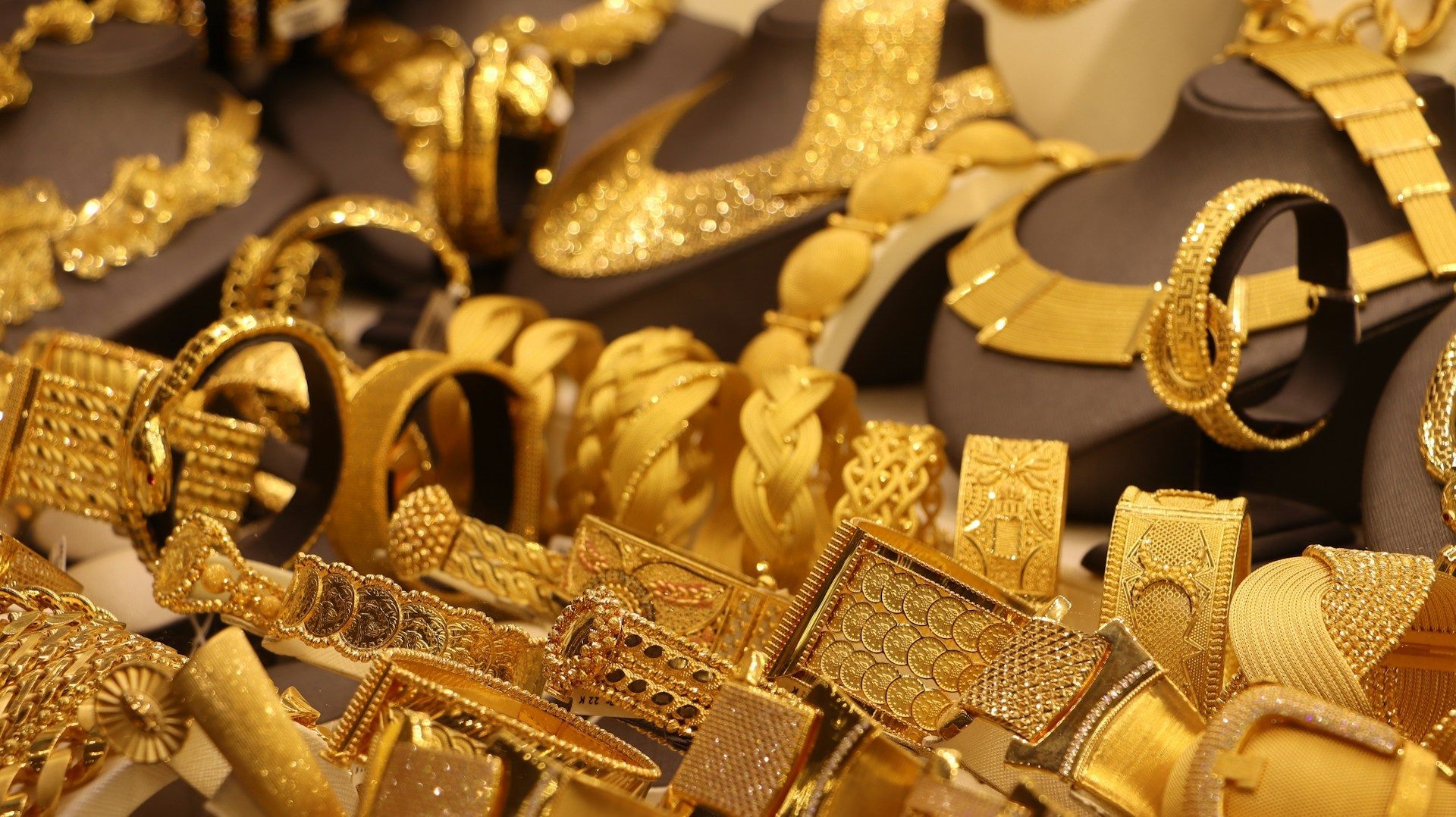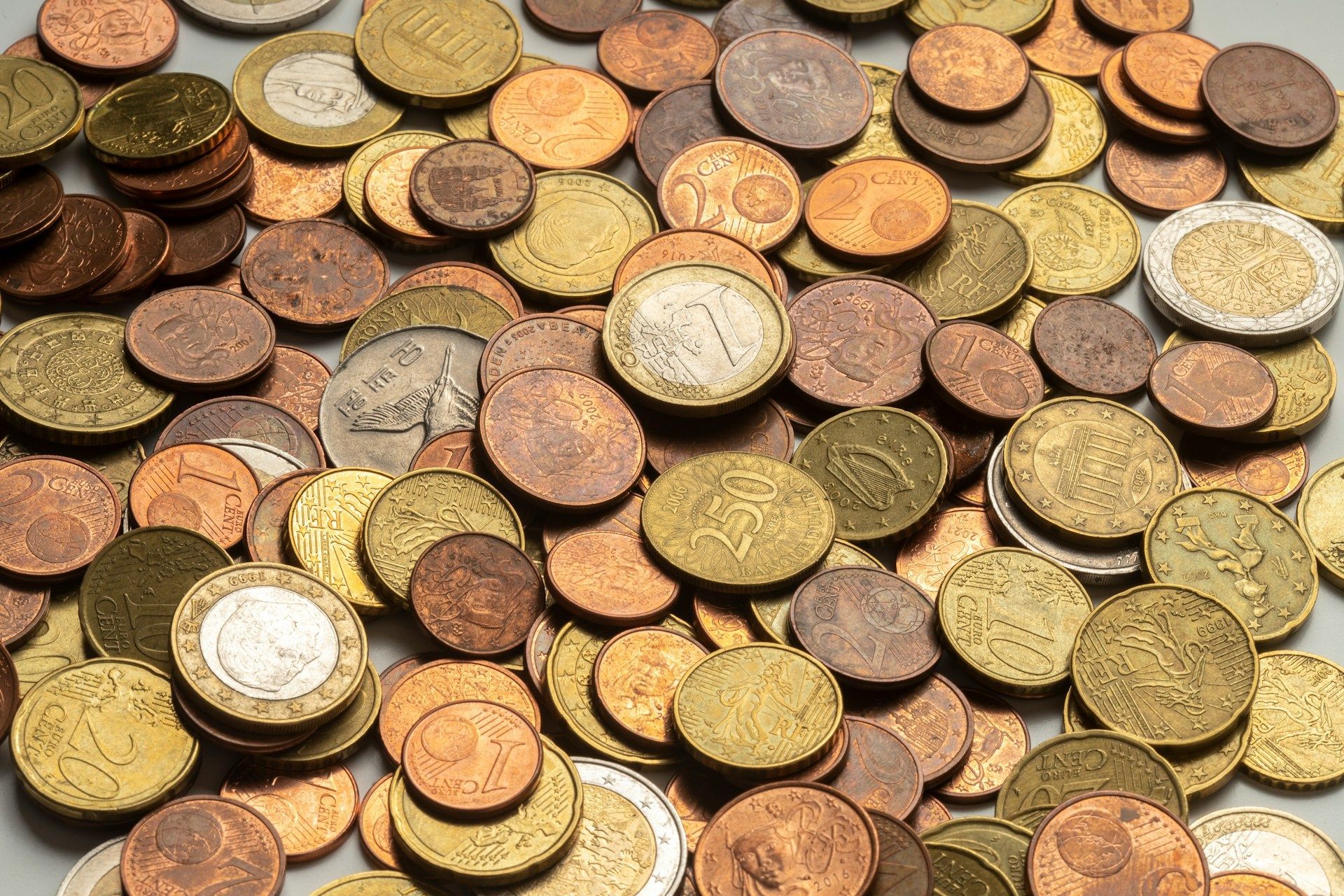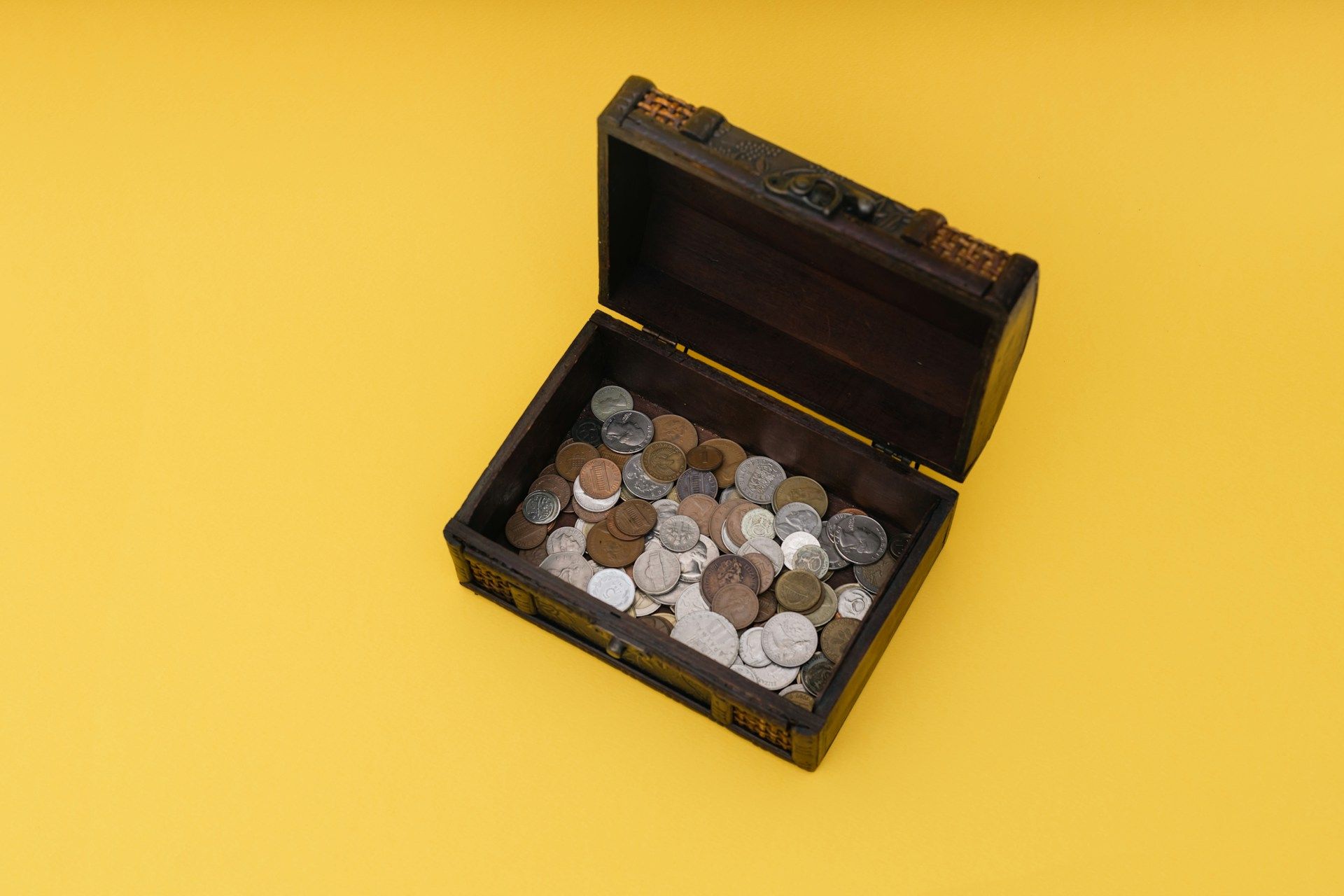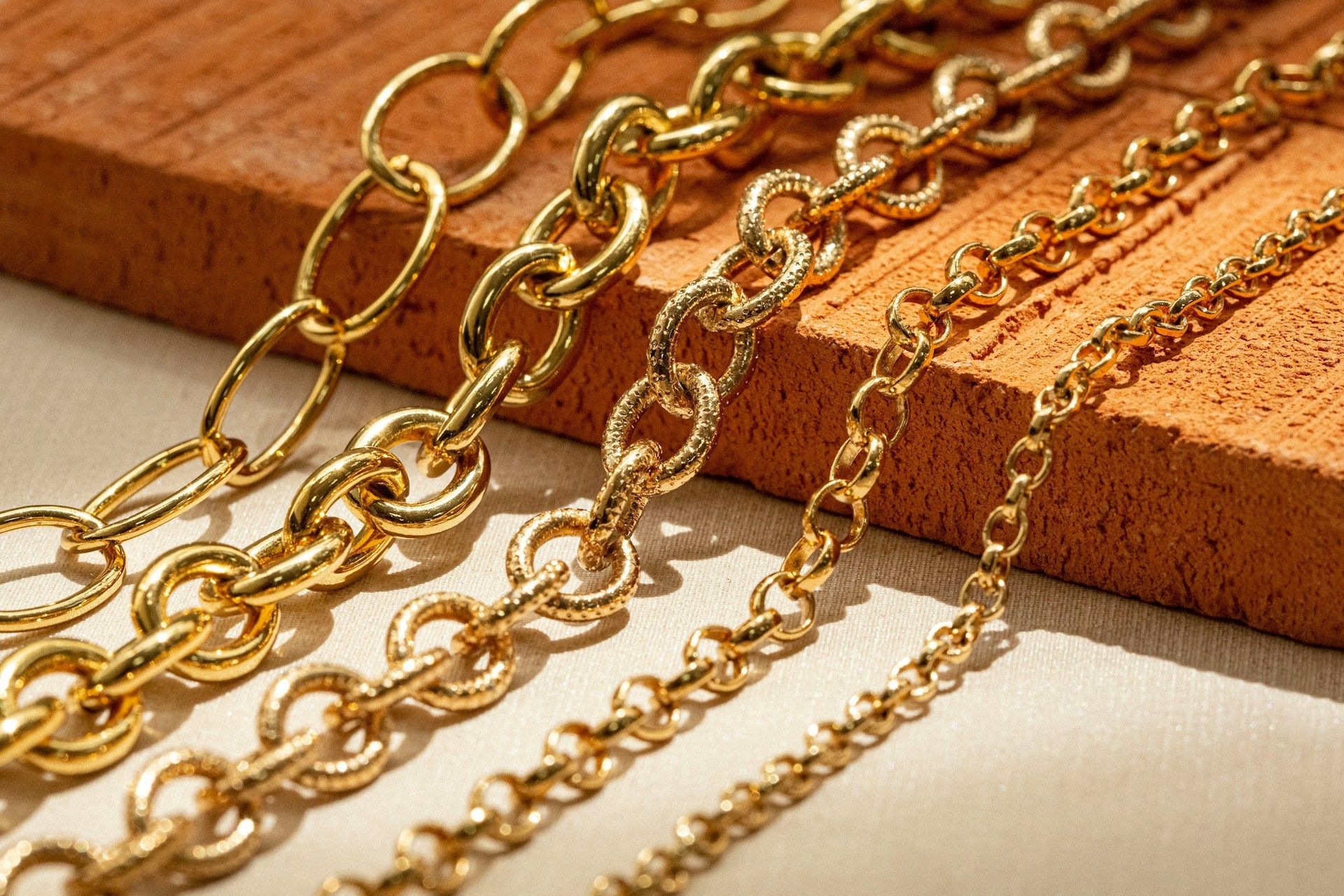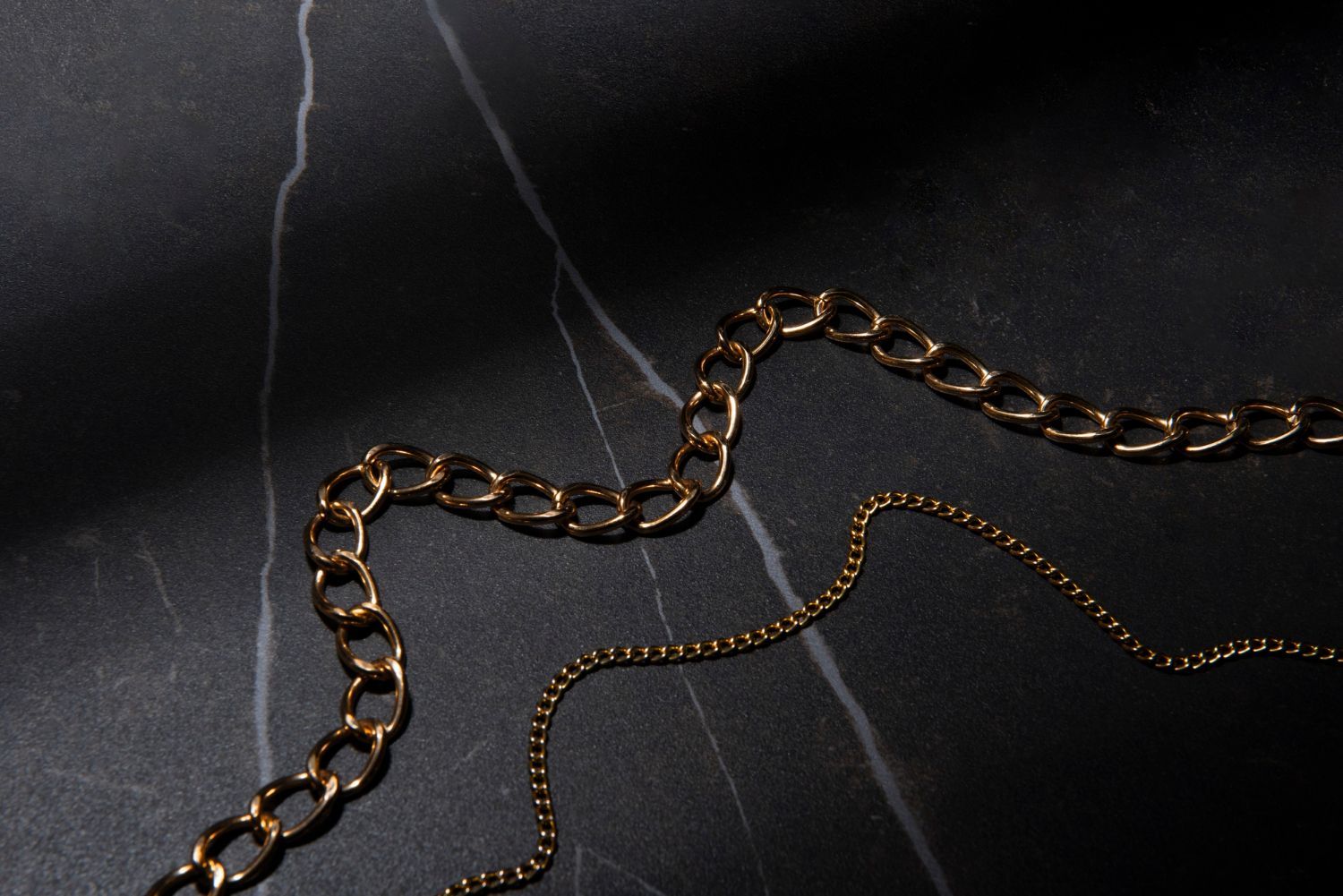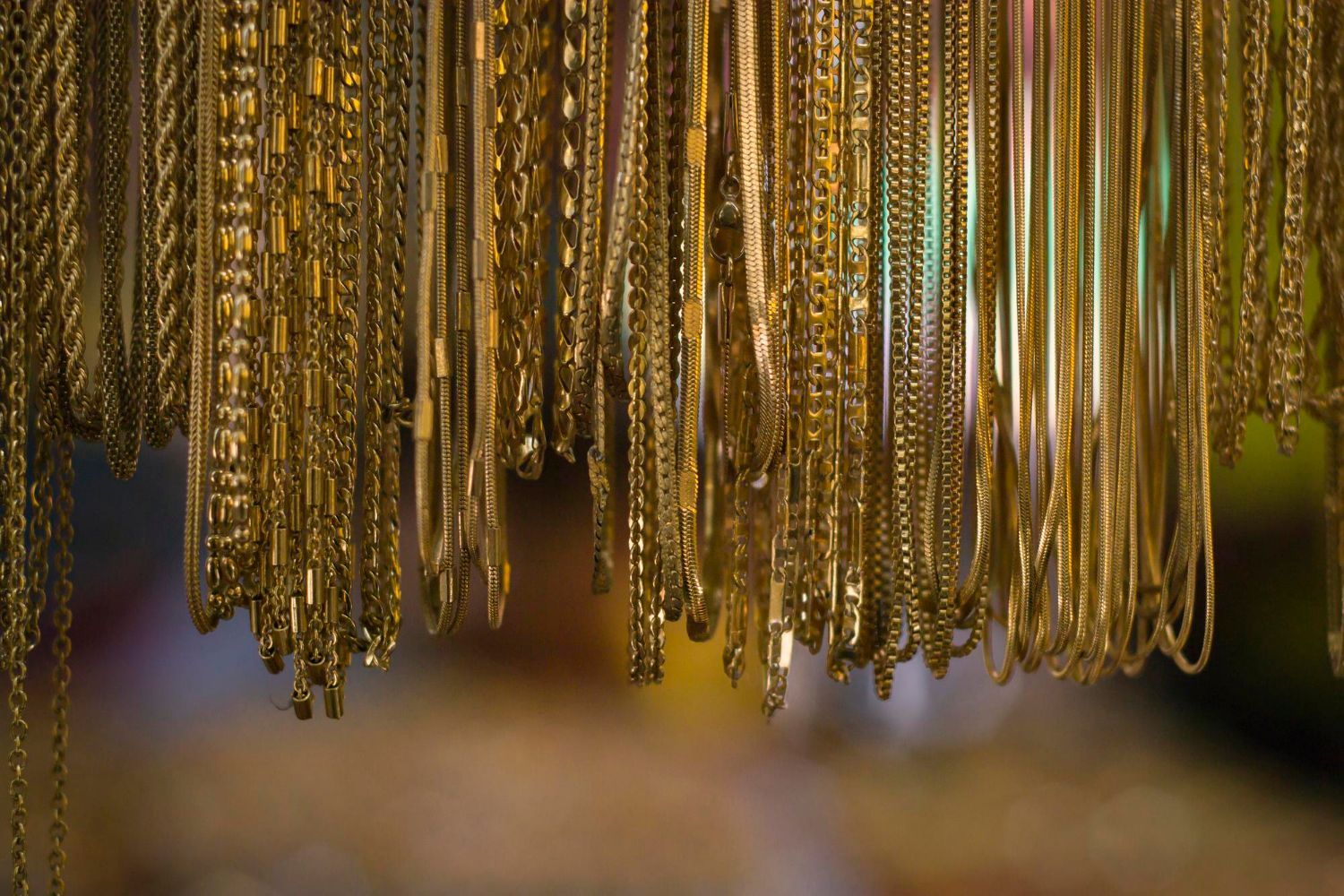Understanding Gold Appraisals for Pawn Shop Loans
Getting a gold appraisal is an essential step when considering using your gold as collateral for a pawn shop loan. Understanding how gold appraisals work can help you get the best value and ensure a smooth transaction. Gold appraisals involve several factors that determine how much your gold is worth and how much you can borrow against it. By becoming familiar with these factors, you can approach the process confidently and make informed decisions.
Several elements influence the value of your gold, including its purity, weight, and the current market price. Gold is measured in karats, with 24 karat gold being pure gold. The higher the karat, the more valuable the gold. Additionally, the weight of your gold and its condition play vital roles in its overall value. Understanding these aspects can give you a clearer picture of what to expect during the appraisal process.
Knowing what to avoid during an appraisal and how to maximize the value of your gold can also be beneficial. Proper preparation can make a significant difference in the appraised value of your items. This article will cover these key areas, providing you with the knowledge needed to navigate gold appraisals effectively for pawn shop loans.
Factors Influencing Gold Appraisal
Understanding the factors that influence a gold appraisal can help you anticipate the value of your items. Several key elements play a role in determining how much your gold is worth:
- Purity (Karat): Gold purity is measured in karats. Pure gold is 24 karats, while lower karat values indicate the presence of other metals mixed with the gold. Higher karat gold is more valuable. For example, 18K gold is 75% pure, while 14K gold is about 58.3% pure.
- Weight: The weight of your gold is another significant factor. Gold is usually weighed in grams or ounces, with heavier pieces being worth more. The heavier your gold, the higher its appraised value is likely to be.
- Market Price: The current market price of gold fluctuates based on global demand and other economic factors. Checking the current market rate before your appraisal can give you an idea of what to expect.
- Condition: The condition of your gold items matters. Clean, undamaged pieces are often appraised at a higher value than those that are dirty or damaged. Items in good condition are more likely to fetch a higher loan amount.
- Rarity and Design: Unique or rare gold items, including those with intricate designs or historical significance, can be appraised at a higher value. Collectible pieces or those that have a high demand in the market can increase the overall appraisal amount.
By understanding these factors, you can better prepare yourself and your gold items for the appraisal process.
The Appraisal Process Explained
Knowing what happens during a gold appraisal can help you feel more confident and prepared. Here is a step-by-step explanation of the appraisal process:
- Initial Inspection: The appraiser begins by visually inspecting your gold items. They check for hallmarks or stamps that indicate the karat and verify the presence of any other identifying marks or features.
- Testing for Purity: The appraiser will test the purity of your gold using methods like acid testing or electronic testing devices. This helps determine the exact karat before evaluating its value.
- Weighing: Next, the appraiser will weigh your gold. Using a precise scale, they measure the weight in grams or ounces. This measurement is crucial since the value of gold is directly related to its weight.
- Condition Assessment: The condition of your gold is assessed. The appraiser checks for any signs of damage, wear, or tarnish. Clean and well-maintained items are likely to receive a higher value.
- Market Price Check: The appraiser references the current market price of gold. They use this price, along with the purity, weight, and condition of your gold, to calculate its value.
- Valuation Report: After completing these steps, the appraiser provides you with a valuation report detailing the factors considered and the final appraised value of your gold. This report is essential for determining the loan amount you can receive.
Understanding these steps can help you ensure that your gold is accurately appraised and that you receive a fair loan offer.
Common Mistakes to Avoid During Appraisal
Avoiding common mistakes during the appraisal process can help you get the best value for your gold. Here are some pitfalls to watch out for:
- Neglecting to Clean Your Gold: Dirty or tarnished gold can appear less valuable to an appraiser. Always clean your gold items using a mild soap solution and a soft cloth before bringing them in for appraisal.
- Ignoring Documentation: Failing to bring relevant documents, such as receipts, certificates of authenticity, or previous appraisals, can hinder the appraiser’s ability to accurately value your gold. Proper documentation helps verify the authenticity and history of your items.
- Overlooking Market Research: Not checking the current market price of gold can leave you unprepared for the appraisal. Familiarizing yourself with gold prices helps you understand the potential value and ensures you receive a fair offer.
- Forgetting to Weigh Your Gold: While the appraiser will weigh your items, knowing the weight beforehand allows you to have an estimate of your gold’s value. Use an accurate scale to weigh your gold at home.
- Rushing the Process: Take your time to choose a reputable pawn shop with experienced appraisers. Rushing into an appraisal without proper research can result in a lower loan offer than you deserve.
By being mindful of these mistakes, you can ensure a smoother appraisal process and a more favorable loan amount.
How to Maximize the Value of Your Gold
Maximizing the value of your gold can help you secure a higher loan amount. Here are some tips to enhance your gold's worth during the appraisal:
- Clean and Maintain Your Gold: Regularly clean your gold items to keep them in pristine condition. Avoid harsh chemicals that can damage the metal. Well-maintained gold appears more valuable and can fetch a higher appraisal.
- Organize Documentation: Gather all relevant documents, such as purchase receipts, certificates of authenticity, and previous appraisals. Presenting these documents can validate the quality and provenance of your gold.
- Separate by Karat: Organize your gold items by karat value before the appraisal. This makes it easier for the appraiser to assess the purity and value of each piece accurately.
- Highlight Unique Features: If your gold items have unique designs or historical significance, make sure to point these out to the appraiser. Rare or collectible pieces can be appraised at a higher value.
- Stay Informed: Keep up with the current market price of gold. Knowing the latest rates helps you gauge the potential value of your gold and negotiate better loan terms.
By following these tips, you can maximize the value of your gold and secure the best possible loan offer from a pawn shop.
Conclusion
Understanding gold appraisals is crucial when using your gold as collateral for a pawn shop loan. By knowing the factors that influence appraisals and the steps involved in the process, you can approach your appraisal with confidence. Avoiding common mistakes and taking steps to maximize the value of your gold will ensure you receive a fair and advantageous loan offer.
If you're looking to get your
gold appraised and secure a loan, visit Kennesaw Mountain Pawn. Our trusted appraisers are ready to help you get the most value out of your gold. Come see us today to explore your options and get the cash you need efficiently and securely.

